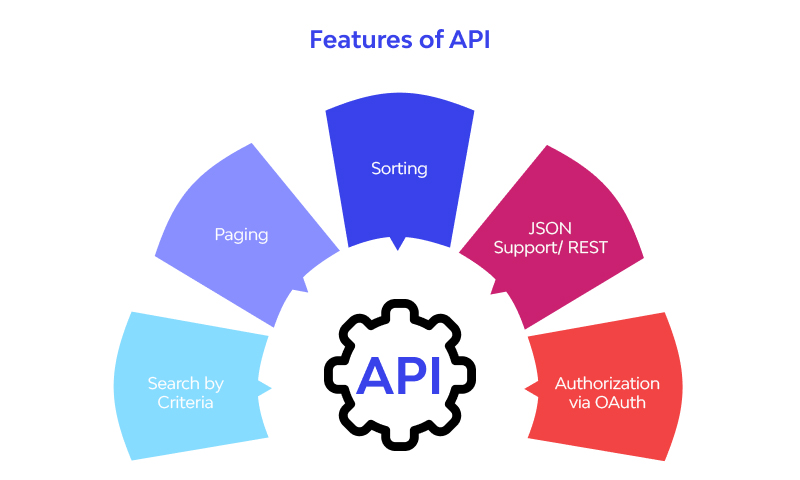Imagine a busy railway network where trains must run on schedule, signals must work perfectly, and every track switch must align at the right moment. If one small mechanism fails, the entire system stalls, leaving passengers stranded.
Back-end APIs in software work in a similar way. They are the invisible railways carrying requests and responses between applications. Automated API testing is the rigorous inspection that ensures every signal, track, and train functions seamlessly so that users never experience delays or breakdowns.
The Backbone of Digital Systems
APIs are the lifeblood of modern applications, connecting services like payment gateways, authentication systems, and data providers. Yet, because they operate in the background, issues often go unnoticed until users complain.
Automated testing addresses this by continuously validating whether APIs respond as expected. It simulates real-world traffic, checking everything from response times to data accuracy. Just like routine checks on railway tracks prevent disasters, these tests catch failures before they reach production.
Students who pursue full-stack classes often begin their journey with an appreciation for this backbone, as APIs underpin both front-end and back-end interactions. Understanding their critical role helps learners design resilient systems from the ground up.
Speed and Consistency Through Automation
Manual testing is akin to having a human inspector walk the tracks daily, a task that is both slow and prone to oversight. Automation, on the other hand, unleashes an army of tireless inspectors who run checks day and night without missing details.
Automated API testing ensures that every endpoint behaves consistently across multiple environments. When integrated into CI/CD pipelines, these tests run automatically after each deployment, preventing broken updates from reaching end users.
This combination of speed and consistency is what gives modern businesses confidence to roll out features quickly without fearing instability.
Key Techniques in Automated API Testing
Different tools and techniques act like specialised inspection devices in a railway system, each serving a purpose:
- Functional testing checks if endpoints return the correct responses.
- Load testing ensures systems handle heavy traffic without collapsing.
- Security testing verifies that sensitive data remains protected.
- Regression testing confirms that new updates don’t break existing functionality.
Together, these methods create a safety net, reducing downtime and protecting user trust.
Integrating Testing into Development Culture
Testing should never be treated as an afterthought. It needs to become part of the organisation’s DNA, much like safety drills in a railway station. Developers, testers, and operations teams must collaborate to ensure every change is validated.
By embedding API tests into workflows, organisations gain early feedback, fewer production incidents, and faster recovery when issues arise. This proactive culture is a hallmark of high-performing teams.
Learners enrolled in full-stack classes often practise this integration hands-on, where they not only write code but also design tests, ensuring quality becomes second nature rather than a separate task.
Conclusion
APIs may be hidden from end users, but their reliability defines the overall health of an application. Automated API testing serves as a constant guardian, catching problems early, improving release confidence, and ensuring a smooth experience for customers.
Just like a well-maintained railway guarantees safe travel, robust testing guarantees that your back-end systems keep running without interruption. For organisations aiming to deliver dependable services, automation is not a luxury—it’s the foundation of trust.


Leave a Reply